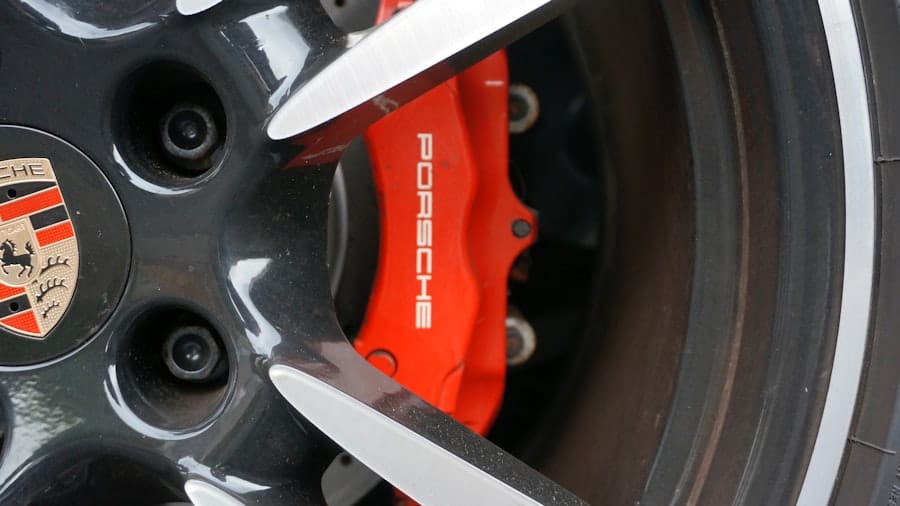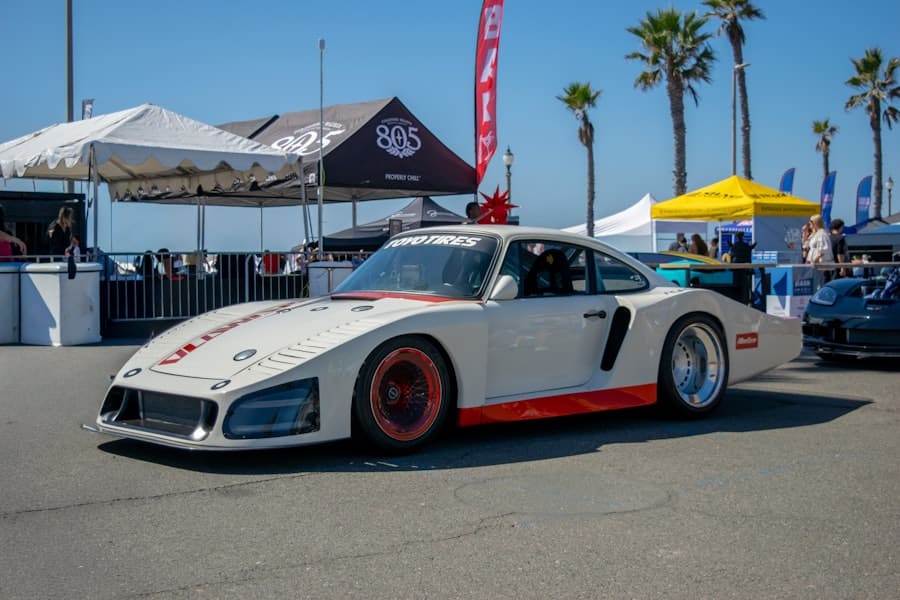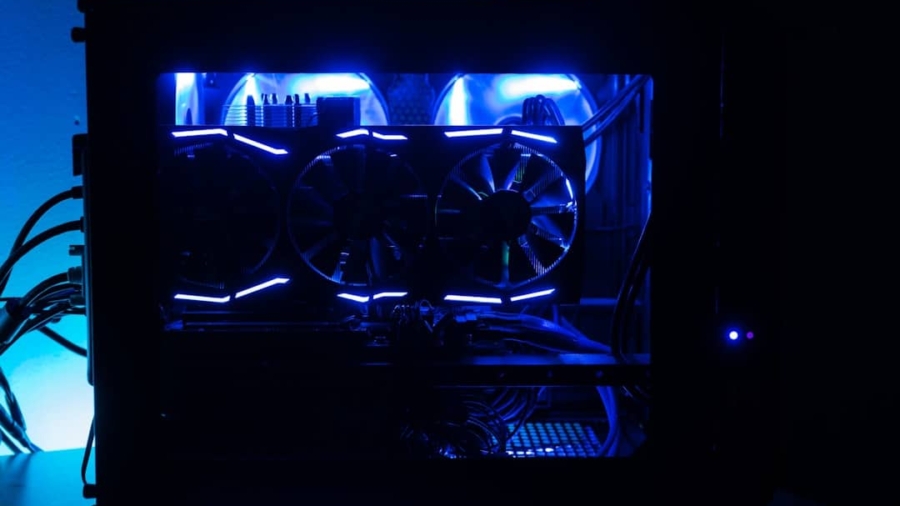In the realm of competitive shooting, quick reaction times are paramount. The ability to respond swiftly to stimuli can often be the difference between victory and defeat. In disciplines such as IPSC (International Practical Shooting Confederation) or IDPA (International Defensive Pistol Association), competitors are frequently faced with dynamic scenarios that require not only precision but also the ability to make split-second decisions.
A shooter must be able to process visual cues, assess their environment, and execute their shot with remarkable speed. This is not merely a matter of reflexes; it involves a complex interplay of cognitive processing and physical execution. Research has shown that reaction times can be significantly improved through training and practice.
For instance, studies indicate that elite shooters often have reaction times that are markedly faster than those of average participants. This is not solely due to innate talent; rather, it is a result of rigorous training regimens that emphasize the development of both mental acuity and physical readiness. The importance of quick reaction times extends beyond just the act of shooting; it encompasses the entire competitive experience, from the moment a competitor steps onto the range to the instant they pull the trigger.
In high-stakes environments, where milliseconds can determine outcomes, honing this skill is essential for any serious competitor.
Key Takeaways
- Quick reaction times are crucial in competitive shooting as they can make the difference between hitting a target or missing it.
- Speed can impact accuracy in competitive shooting, as rushing through the shooting process can lead to errors and missed targets.
- Performance plays a significant role in competitive shooting, as consistent and efficient execution of shooting techniques is essential for success.
- The psychological aspect of speed and performance in competitive shooting is important, as mental focus and control can directly impact shooting speed and accuracy.
- Competitive shooting requires physical demands such as strength, endurance, and stability, which are essential for maintaining consistent performance.
How Speed Can Impact Accuracy
While speed is often viewed as a standalone attribute in competitive shooting, its relationship with accuracy is intricate and multifaceted. Many shooters may assume that prioritizing speed will inherently compromise their precision; however, this is not necessarily the case. In fact, a well-trained shooter can achieve a harmonious balance between speed and accuracy, allowing them to deliver rapid shots without sacrificing their aim.
This balance is crucial in competitions where targets may be presented for only fleeting moments, requiring shooters to engage them quickly while maintaining a high level of precision. The concept of “controlled speed” comes into play here. Shooters who can maintain composure under pressure often find that their accuracy improves as they learn to manage their pace effectively.
For example, during a timed stage in a match, a shooter might initially feel compelled to rush through their shots, leading to erratic performance.
This principle is supported by various training methodologies that emphasize the importance of developing muscle memory and mental focus, allowing shooters to perform at their best even when time is of the essence.
The Role of Performance in Competitive Shooting

Performance in competitive shooting is not solely defined by the number of targets hit or the time taken to complete a course of fire; it encompasses a broader spectrum of skills and attributes. A shooter’s performance is influenced by their technical proficiency, mental fortitude, and ability to adapt to varying conditions. In competitions, shooters are often faced with diverse challenges, including different target presentations, environmental factors such as wind or lighting, and the psychological pressure of competing against others.
Each of these elements plays a critical role in determining overall performance. Moreover, performance metrics in competitive shooting can be quantified through various means, such as scoring systems that reward both speed and accuracy. For instance, in many competitions, shooters are scored based on their time to complete a stage as well as the number of points earned for hitting targets accurately.
This dual scoring system encourages competitors to refine their skills in both areas, fostering a culture of continuous improvement. As shooters analyze their performance data post-competition, they can identify specific areas for growth, whether it be enhancing their draw speed or improving their trigger control.
The Psychological Aspect of Speed and Performance
The psychological component of speed and performance in competitive shooting cannot be overstated. Mental resilience plays a crucial role in how shooters approach their craft, particularly when faced with high-pressure situations. The ability to remain calm and focused while executing rapid-fire shots is essential for success.
Anxiety or self-doubt can lead to hesitation or overthinking, which can severely impact both speed and accuracy. Therefore, developing mental strategies to cope with stress is vital for any competitor aiming to excel. Visualization techniques are one effective method that many elite shooters employ to enhance their psychological readiness.
By mentally rehearsing their performance before stepping onto the range, shooters can create a sense of familiarity with the course of fire and reduce anxiety levels. Additionally, mindfulness practices can help competitors stay present during their runs, allowing them to concentrate on each shot rather than becoming overwhelmed by the overall competition. This mental clarity not only aids in achieving faster reaction times but also contributes to improved decision-making under pressure.
The Physical Demands of Competitive Shooting
Competitive shooting is often perceived as a purely technical sport; however, it also imposes significant physical demands on participants. Shooters must possess a combination of strength, endurance, and agility to navigate various stages effectively. For instance, transitioning between shooting positions or moving between targets requires not only upper body strength but also core stability and lower body coordination.
As such, physical conditioning plays an integral role in enhancing overall performance. Training regimens for competitive shooters often include exercises designed to improve cardiovascular fitness, strength training, and flexibility. Activities such as running or cycling can enhance endurance, allowing shooters to maintain peak performance throughout long matches.
Strength training exercises focusing on the upper body can improve stability during shooting, while core workouts enhance balance and control during dynamic movements. By addressing these physical demands through targeted training programs, shooters can ensure they are well-prepared for the rigors of competition.
Strategies for Improving Speed and Performance

Improving speed and performance in competitive shooting requires a multifaceted approach that encompasses both technical skills and mental preparation. One effective strategy is to incorporate dry fire practice into regular training routines. Dry firing allows shooters to focus on their mechanics without the distraction of live ammunition or range conditions.
This practice helps refine draw speed, trigger control, and sight alignment—all critical components for achieving faster reaction times. Another valuable strategy involves setting specific goals for each training session. By identifying particular areas for improvement—such as transitioning between targets or increasing shot cadence—shooters can tailor their practice sessions to address these needs directly.
Utilizing timers during practice can also provide valuable feedback on performance metrics, allowing competitors to track their progress over time. Additionally, participating in mock competitions or friendly matches can simulate the pressure of actual events, helping shooters develop their ability to perform under stress while honing their speed and accuracy.
The Impact of Equipment on Speed and Performance
The choice of equipment plays a significant role in shaping a shooter’s speed and overall performance in competitive shooting. Firearms, ammunition, holsters, and accessories all contribute to how efficiently a competitor can execute their shots. For instance, lightweight firearms designed for quick handling can enhance a shooter’s ability to transition between targets rapidly.
Similarly, high-quality optics can improve target acquisition speed by providing clearer sight pictures. Moreover, the design of holsters can greatly influence draw speed. A well-fitted holster that allows for smooth extraction of the firearm can shave precious seconds off a competitor’s time during critical stages.
Additionally, ammunition selection can impact both speed and accuracy; lighter loads may allow for faster follow-up shots but could sacrifice some degree of precision at longer distances. Therefore, understanding how equipment choices affect performance is essential for any serious competitor looking to optimize their capabilities on the range.
The Benefits of Prioritizing Speed and Performance in Competitive Shooting
Prioritizing speed and performance in competitive shooting yields numerous benefits that extend beyond mere competition results. For many participants, engaging in this sport fosters personal growth through discipline and dedication. The pursuit of improved speed encourages shooters to adopt structured training regimens that promote consistency and resilience—qualities that are transferable to other areas of life.
Furthermore, enhancing speed and performance can lead to increased confidence levels among competitors. As shooters witness tangible improvements in their abilities—whether through faster reaction times or more accurate shots—they often experience a boost in self-esteem that translates into greater enjoyment of the sport. This positive reinforcement creates a cycle of motivation that drives continued engagement with competitive shooting while fostering camaraderie among fellow competitors who share similar goals.
In conclusion, the intricate relationship between speed and performance in competitive shooting encompasses various dimensions—from quick reaction times and accuracy to psychological resilience and physical conditioning.
In the realm of competitive shooters, speed and performance are critical factors that can significantly influence a player’s success. This is not only true for the games themselves but also for the hardware used to play them. A related article that delves into the importance of choosing the right equipment, albeit in a different context, is How to Choose a PC for Students. While this article primarily focuses on selecting a PC for educational purposes, the principles of evaluating performance, speed, and suitability for specific tasks are universally applicable. Just as students need a reliable and efficient computer to excel in their studies, competitive gamers require high-performance systems to ensure they can compete at the highest levels without technical hindrances.
FAQs
What is the importance of speed and performance in competitive shooters?
Speed and performance are crucial in competitive shooters as they can make the difference between winning and losing. Faster reaction times, quick target acquisition, and smooth weapon handling are all essential for success in competitive shooting.
How does speed impact competitive shooting?
Speed is a critical factor in competitive shooting as it directly affects the shooter’s ability to engage targets quickly and accurately. Faster draw times, transition between targets, and reloading can give a competitive edge in shooting competitions.
What role does performance play in competitive shooting?
Performance in competitive shooting refers to the shooter’s overall skill, including accuracy, consistency, and efficiency. A high level of performance is necessary to excel in competitive shooting and achieve top scores.
How do speed and performance impact different shooting disciplines?
In various shooting disciplines such as IPSC, USPSA, IDPA, and 3-Gun, speed and performance are crucial for success. Each discipline requires different skills and techniques, but all rely on the shooter’s ability to perform quickly and accurately under pressure.
What are some ways to improve speed and performance in competitive shooting?
Improving speed and performance in competitive shooting can be achieved through regular practice, physical fitness, mental focus, and proper equipment selection. Training drills, match experience, and seeking professional coaching can also help shooters enhance their speed and performance.

